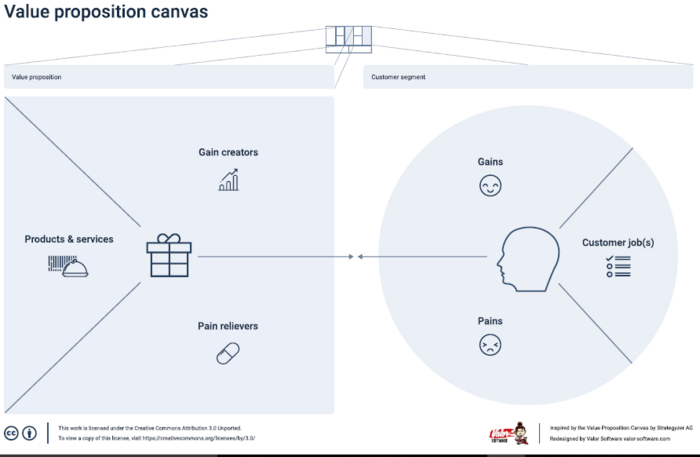Optimizing Contracting Strategies
In order to manage successfully a project, certain perspectives need to be covered.
- Purpose
- People
- Complexity
- Uncertainty
This article briefly explains the tools that can be used to analyze each perspective.
Contents |
Purpose
Vision Statement
SMART goals
Project Charter
Value Proposition Canvas
Project governance framework
Business Case
Key Performance Indicators (KPI)
This tool represents a quantitative measurement of a company's efficiency. It evaluates their success at achieving key business objectives and reaching specific targets. KPIs can be applied of different level, depending on the process they focus on. These assessments frequently help identify potential improvements, which then often lead to initiatives to improve performance.
People
Value Proposition Canvas - Clara WIP
For further information refer to the following DTU wiki link.

Maslow hierarchy of needs - Clara WIP
Complexity
Complexity happens when too many parts come together and it becomes difficult to structure and organize the activities, portfolio and cost flows. In order to manage the situation, the first step to take would be trying to break down the main tasks. Once smaller tasks are gathered, it will be easier to focus on their complexity individually. It is convenient to break down each task as much as possible so even if this will create many starts treating them as smaller individual tasks.
The following tools are used to break down the situation.
Contracting and procurement
Gant Chart in Project Management
A Gantt Chart is a timeline management tool to illustrate how a project will be running. Thanks to the tool it is possible to view individual tasks, their durations and the sequencing of these tasks. Also, it is very useful as it illustrates the overall view of the timeline of the project and the expected completion dates of each phase.
One of the several benefits of using Gant Charts in Project Management is the possibility to run the project with greater efficiency with improved either cost and time outcomes Basically, a Gantt chart provides a graphical illustration of a schedule that helps to plan, coordinate, and track specific tasks in a project. Thus, in order to be able to build a valid model these are the steps that must be taken:
Step 1: Identify Essential Tasks
Step 2: Identify Task Relationships: These dependent activities are called "sequential" or "linear" tasks. Other tasks will be "parallel”.
Step 3: Input Activities Into Software Or a Template: there are many programs that help us build Gant chart like Microsoft Project, for instance.
Step 4: Chart Progress: the chart needs to be updated in order to reflect changes as soon as they occur
Uncertainty
Recovery Project Management
Project failure can happen to any project. Statistics report that only 52% of completed projects meet their proposed functionality.
There is a five steps approach to recovering projects that are failing. This plan works to provide structure and results for the Recovery Project Manager (individual person from outside the project and who then is not the Project Manager) and his or her team. The process begins by focusing on determining the current real status of the project and the changes that need to be made in people, the product or service specifications of the project, and project management processes in order to improve performance. The most critical steps to be taken include:
Defining the Charter
- Define the mission with the sponsor
- Understand the project history and sensitivities
- Establish initial project team contact
- Determine the assessment approach
- Complete the charter and obtain approval
Developing the Assessment Plan that is:
- Realistic
- Allows an assessment in short time
- Ensures accurate findings
- Minimizes team distractions
Conducting the Assessment on three main areas:
- Determining the true current status of the project
- Identifying the major threats, opportunities and problems for the project moving forward
- Establishing an extended team for the recovery effort
Developing the Recovery Plan
- Focus on building everyone's morale
- Deal directly with personnel problems
- Resolve serious leadership problems
- Add people to the project carefully
Conducting the Recovery
- In recovery, the “end state” needs to be in mind to start.
- The team monitors the execution of each milestone, it will conduct variance analysis at the end of each week.
This is an example or five key steps to go through project recovery but there are many other ways to manage failure in Projects. In the end, Project recovery is the effort and activities related to addressing troubled projects. In other words, the activities that leads to recognise that the project is troubled, after which brings to a decision point on whether or not to save that project.
The Triple Constraint in Project Management
Cite error:
<ref> tags exist, but no <references/> tag was found